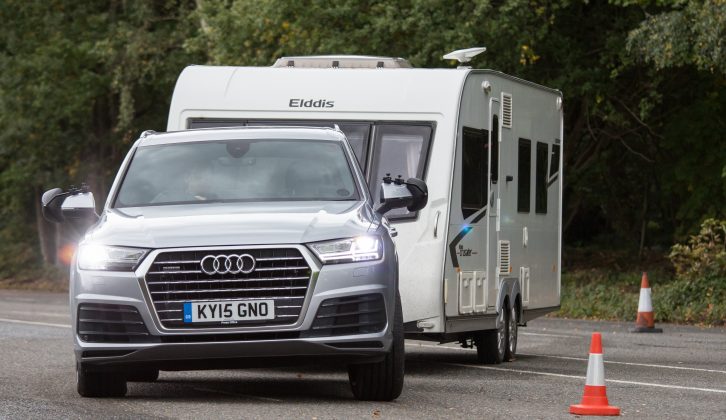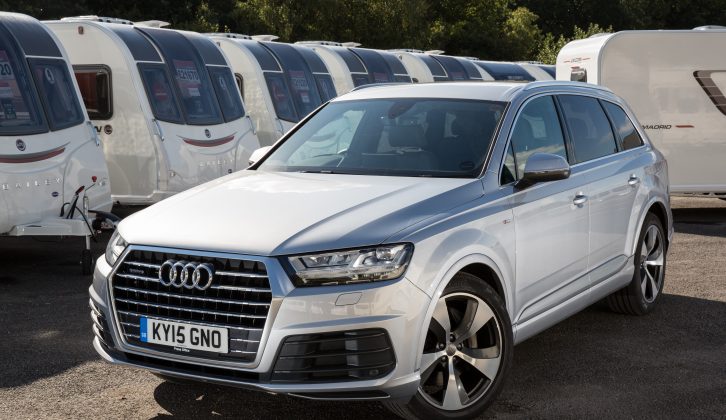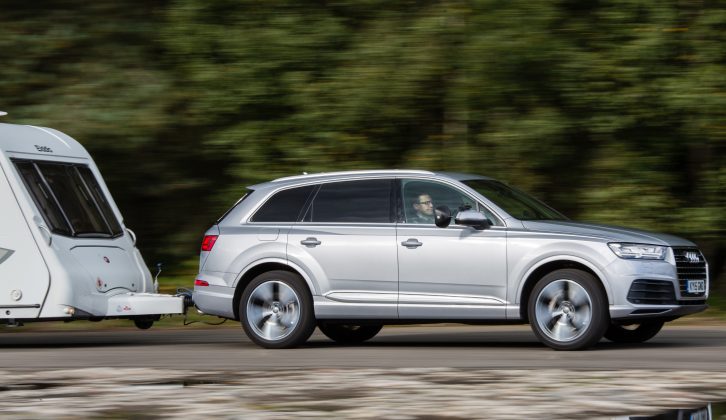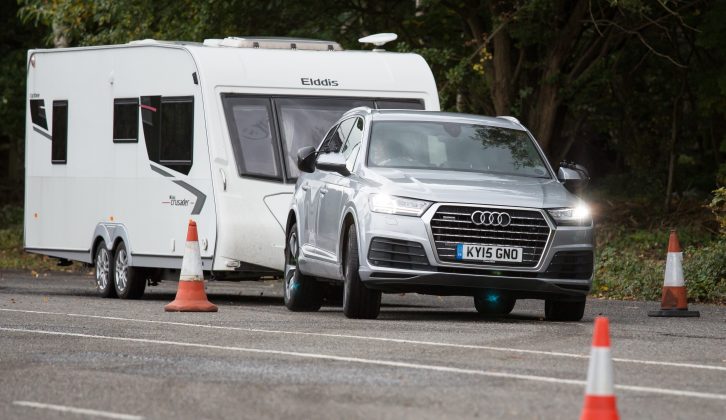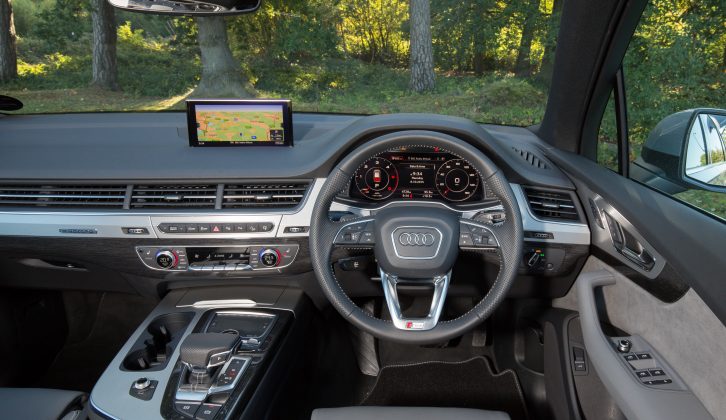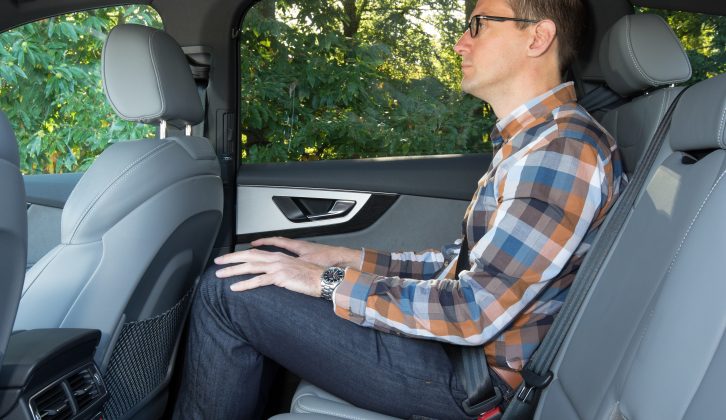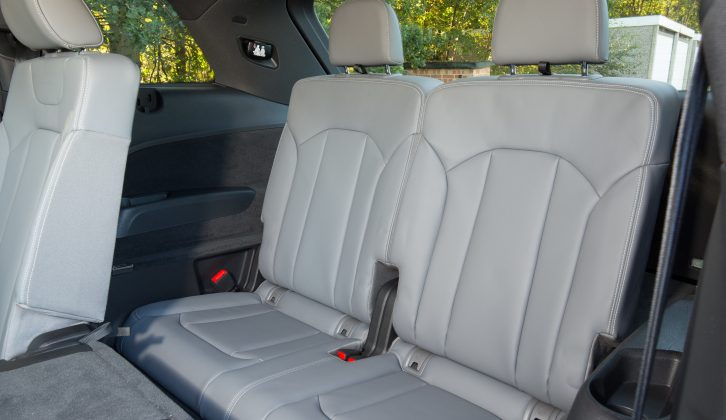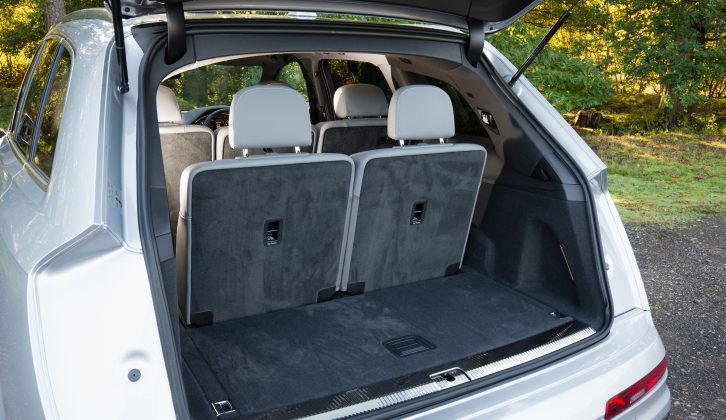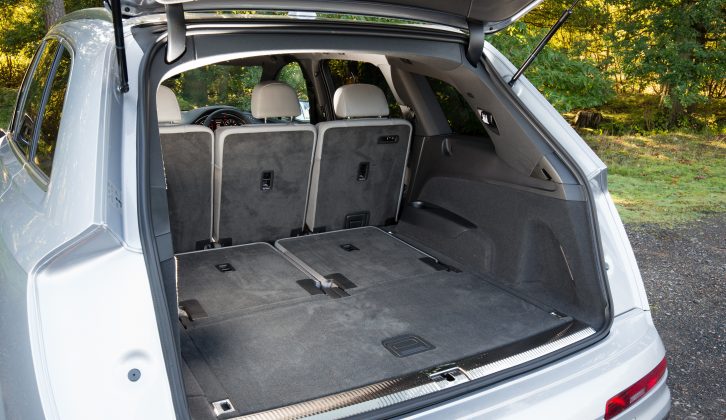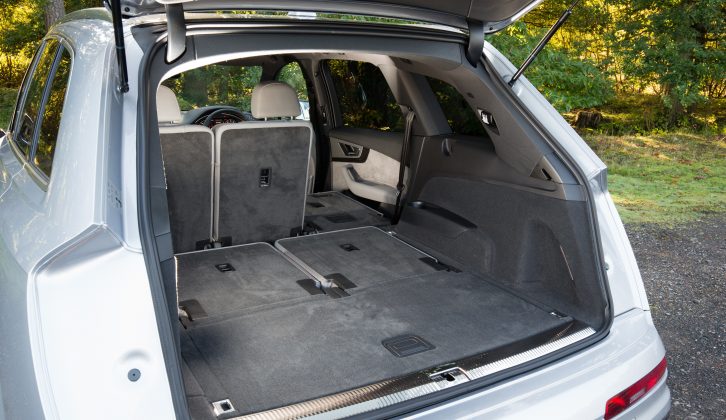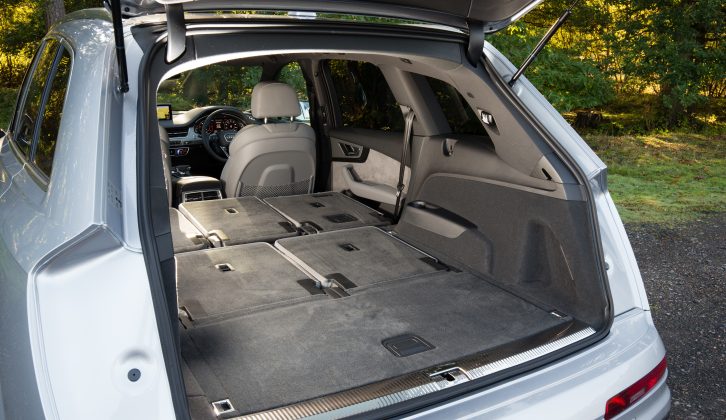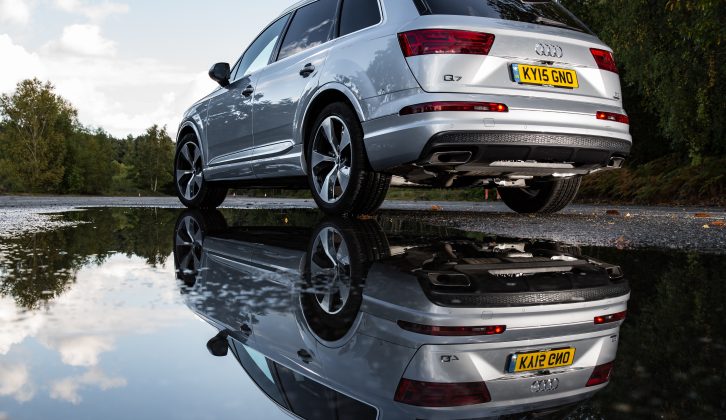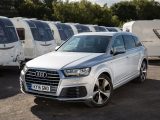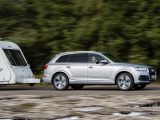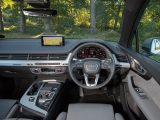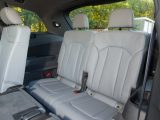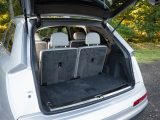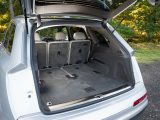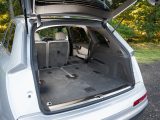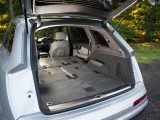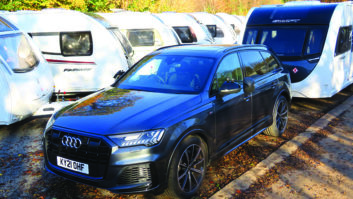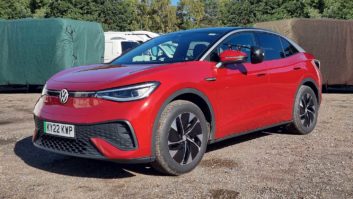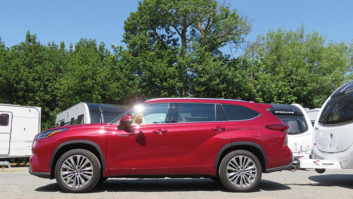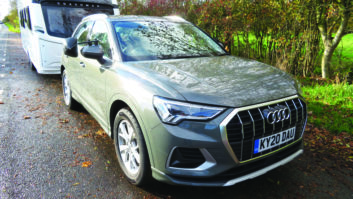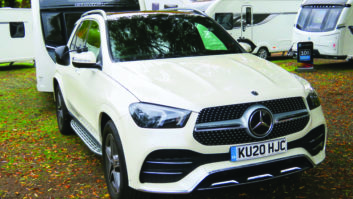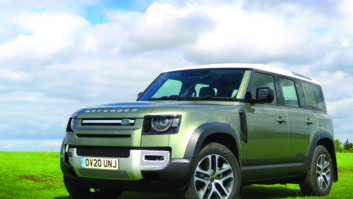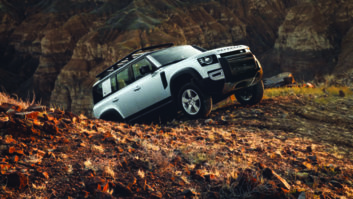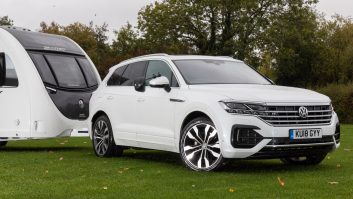Verdict
Is the Land Rover Discovery still the best £50,000 4×4? Both the Volvo XC90 and now the Audi Q7 stake serious claims for the title. Of the two, we prefer the Audi.
It may not be as practical as the Volvo, but it rides more comfortably, and with its V6 engine, it sounds like a luxury 4×4 should. As a tow car, it’s stable and quick.
Pros
It proved to be strong and stable on tow
Space for passengers is generous
The brakes are excellent
The back seats can be lowered or raised electrically
Fuel economy and CO2 emissions impress
Cons
Resale values are respectable but not outstanding
The chunky transmission tunnel hurts rear legroom for the middle-seat occupant
The second generation Audi Q7 is much lighter than the first, with seven-seat versions shedding 240kg compared with their lardy predecessor. That contributes to improved fuel economy and emissions figures, but doesn’t do outfit matching ratios any favours.
However, when considering what tow car ability it has, this is still a heavy 4×4, so we’re expecting stable towing nonetheless. In addition, the 3.0-litre diesel engine is powerful, so on test we’re looking for effortless performance, even with a big, twin-axle caravan in tow.
It’s hard to find serious fault with the Audi Q7’s performance as a tow car
Towing
Like many big 4x4s, the Audi Q7 is available with a choice of suspension systems. Conventional springs and dampers are standard, but for £2000 they can be replaced by air suspension. Having driven the car with and without air suspension (although we’ve only towed with this air-sprung example), we think it’s money well spent.
It’s not just that the car is better to drive solo – we’ll come on to that later – there are also advantages when towing. The noseweight limit increases from 115kg to 140kg, and the legal towing limit is raised from 2800kg to 3500kg.
When the regular suspension’s limits are so high, the uprated numbers are largely academic. However, the suspension’s self-levelling function is a plus for tow car drivers, preventing sagging even when heavily loaded.
The Q7 has lost weight, but it still has a 2135kg kerbweight (including 75kg for the driver), giving a healthy 85% match figure of 1815kg. We towed a 2011 Elddis Crusader Cyclone with a Mass in Running Order of 1642kg.
The Q7 was unfazed by such a large tourer, feeling absolutely stable at the legal limit. It handled itself well in the lane-change test, too, changing direction hard and fast without any loss of grip and no pushing and shoving from the caravan.
Performance from the 3.0-litre diesel engine puts the Q7 up with the fastest cars we’ve towed with. It took just 7.2 seconds to go from 30-60mph, over three seconds faster than the Volvo XC90 we tested recently, pulling the same caravan. The brakes were every bit as impressive, stopping car and caravan from 30mph in just 9.4 metres.
In fact, it’s hard to find serious fault with the Q7’s performance as a tow car.
Everyday Driving
In day-to-day driving, the Audi Q7 is a class act. And it’s a better car with air suspension than without it.
The suspension can be set to different heights and stiffened or softened to suit different circumstances. Left to its own devices in ‘Auto’ or set to ‘Comfort’, it delivers a very comfortable ride, despite the huge 21-inch alloys (an £1100 option) fitted to our test car. In ‘Dynamic’ mode the suspension firms up to give a sporting edge, and the steering is weightier. However, there’s no getting away from the car’s size on narrow country roads.
At motorway speeds there’s a little rumble from the huge tyres, but engine and wind noise are subdued.
Space
Up front, there’s plenty of space to stretch out your legs and a standard of finish that matches that of the Volvo XC90, and leaves Land Rover with some catching up to do.
Adults will be comfortable in the middle row. There’s enough space for a 6ft 3in passenger to sit behind an equally tall driver without their knees touching the back of the seat in front. The only black mark is the thick transmission tunnel, which gets in the way somewhat if you are travelling with three middle-row passengers.
The outer middle seats tip forward and slide to give easy access to seats six and seven. However, legroom is very tight unless the middle seats are slid forward on their runners.
Boot space is limited with every seat upright, but fold the back seats flat (they are raised or lowered electrically) and there’s a huge 770 litres to fill.
Running Costs
There’s no doubt that £53,835 is a large chunk of money, but by big 4×4 standards, running costs should be low. In our data we’ve economy and emissions figures for cars with 21-inch wheels, but by sticking with the standard 19-inch wheels emissions drop to just 153g/km of CO2 and official combined economy improves to 47.9mpg. These are very impressive figures for such a heavy, powerful car.
Expect to get back around 46% of the original price after three years and 36,000 miles. That’s reasonable but not exceptional for a prestige car.
Technical Specifications
| Engine Size | 2967 cc |
| Kerbweight | 2135 kg |
| 85% KW | 1815 kg |
| Towball Limit | 140 kg |
| Maximum Towing Limit | 3500 kg |
| Power | 268 bhp |
| Torque | 443 lb ft |
| Offical MPG | 47.1 mpg |
| CO₂ | 163 g/km |
